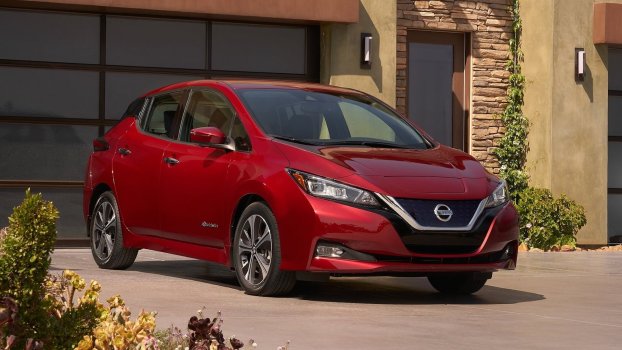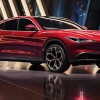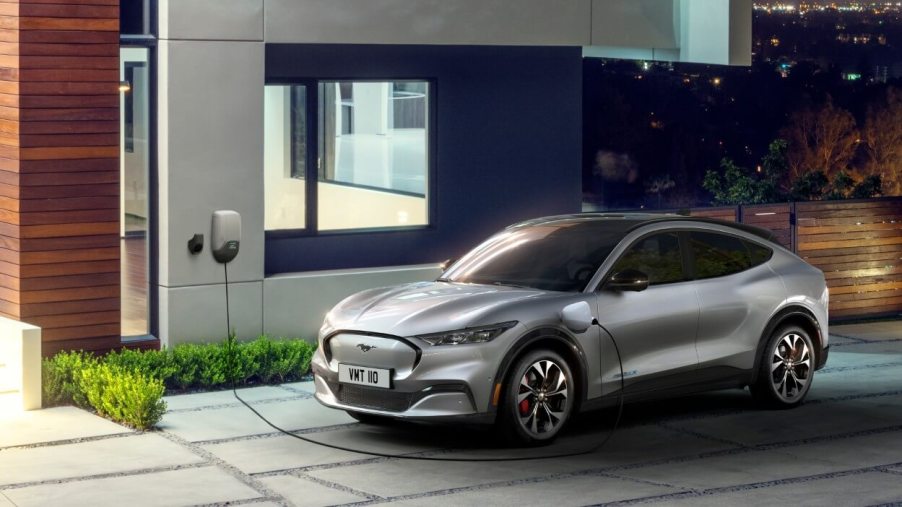
Are Cheaper EVs on the Way? Ford Goes Old-School to Find Affordable EV Technology
With as many as 40 percent of Americans expressing a willingness to buy electric vehicles, affordability is an important factor in getting more drivers to convert. Right now, Lithium Ion batteries are the norm, but Ford is looking into an old-school battery tech that may make cheaper EVs possible.
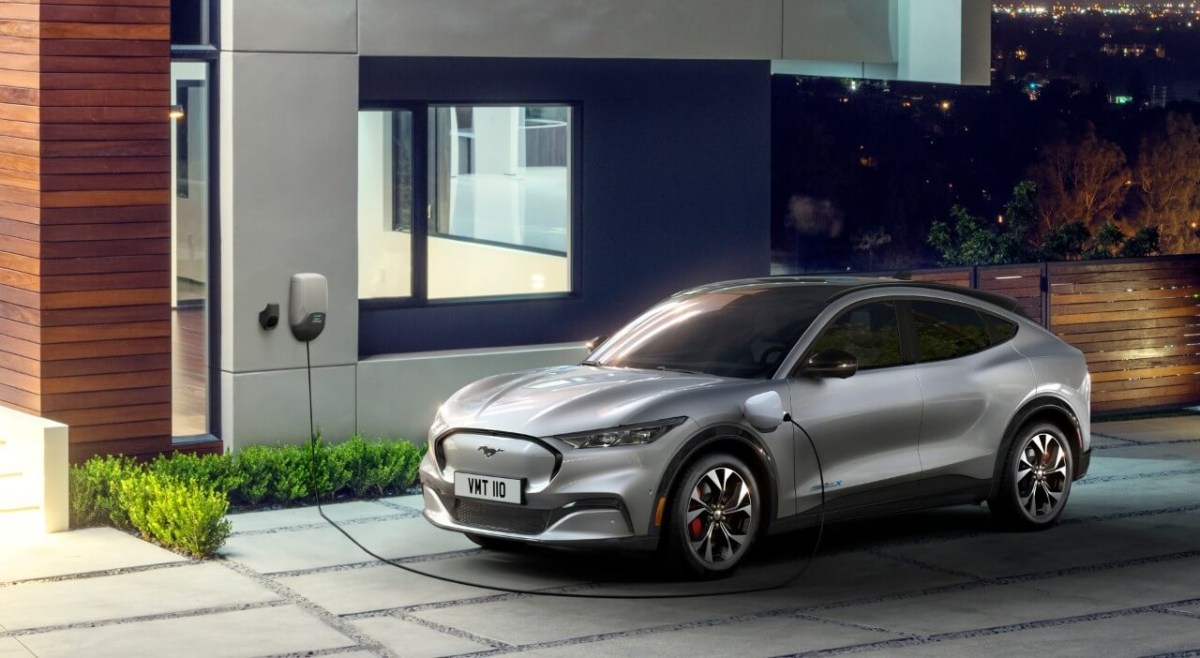
Ford opening LFP battery plant to expand cheaper EV production
The electric vehicle market faces many challenges, chief among them being the affordability of battery components. As Ford breaks ground on a Lithium Iron Phosphate battery plant in the near future, the company looks to solve that issue.
LFP batteries are coming to the Mustang Mach-E lineup as early as 2024, offering a more affordable option for those looking to make the switch. And as the demand for cheaper EV batteries rises, production of this more accessible electric vehicle technology will only increase as time goes on.
Ford’s Michigan LFP plant opening is scheduled for early 2026, and it will be the first of its kind on American shores. But as the landscape for EVs continues to change, will this new battery technology make a difference?
What’s the difference between Lithium Ion and LFP batteries?
To understand why Lithium Iron Phosphate batteries are a big deal, we must first understand the difference between them and the current Lithium Ion battery packs. Both are Lithium Ion batteries, but the LFP technology uses less expensive minerals to help save costs.
While they do share some similarities, there are also stark differences between current Li-Ion and LFP batteries. From lifespan to thermal stability and safety, this new EV battery technology has a range of upsides when compared to the current battery landscape.
Are LFP batteries better?
In many ways, LFP batteries are a better choice for EVs when compared to current Lithium Ion technology. Two of the biggest problems for Nickel and Cobalt-based Li-ion batteries are thermal stability and safety. Both of those issues hinder charging and long-term performance of the current EV batteries, and the new minerals help to solve both of them.
That means more consistent charging in both hot and cold conditions. In addition, it means a lower dropoff in performance on especially hot days or when lots of battery power is called upon in a short period.
For stop-and-go traffic and mountain road climbing, LFP batteries can offer more consistent range and performance delivery, something where Li-ion tech struggles.
Downsides to LFP batteries
While LFP batteries do offer a cheaper and safer EV alternative, they can’t offer the same power output of today’s Li-ion battery packs. That means a shorter range and less horsepower from the same-size battery pack. However, an EV with 200 miles of range is still enough for most Americans to use every day. Furthermore, these cheaper batteries will make EVs more affordable, helping speed up adoption.
Will LFP batteries actually make EVs cheaper?
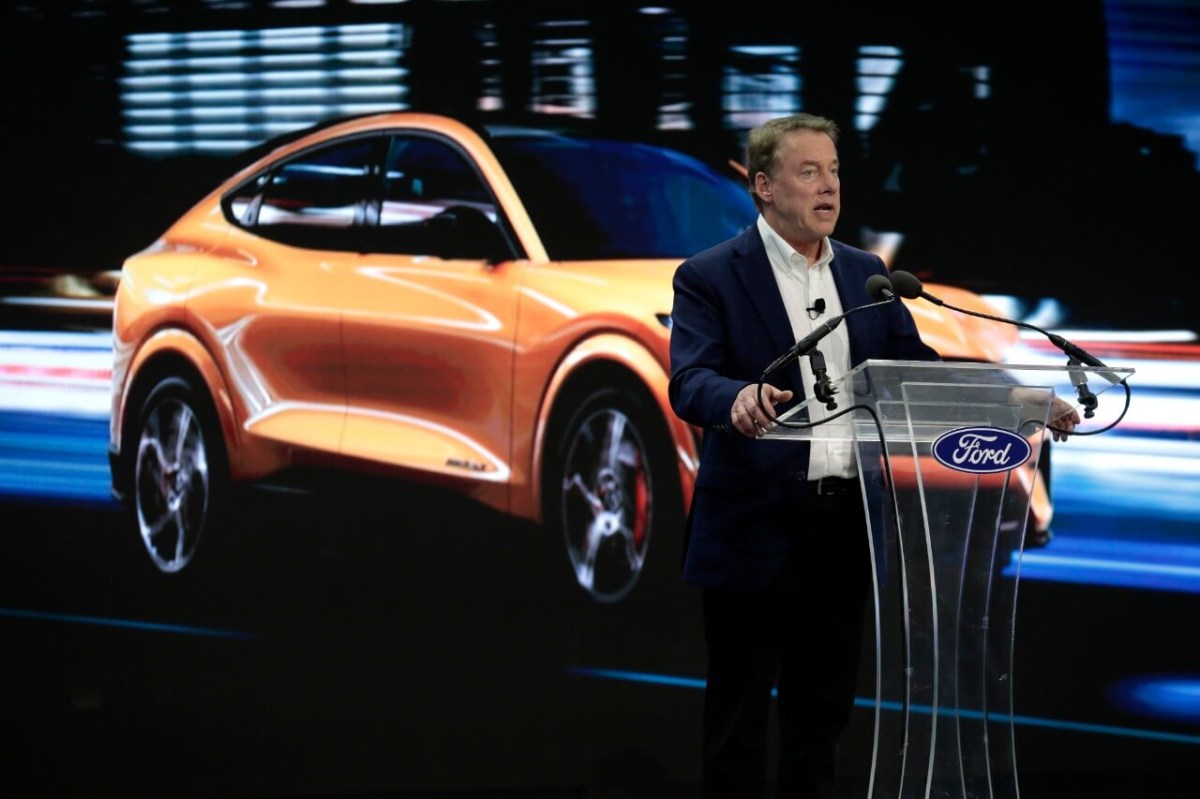
When compared to Lithium Ion and Nickel batteries, EVs with LFP battery packs could cost from 10 to 15% less. That’s a $9,000 price drop on a mid-range Mustang Mach-E, using today’s pricing. That means cheaper EVs are on the horizon if we’re just willing to wait for a few more months.
